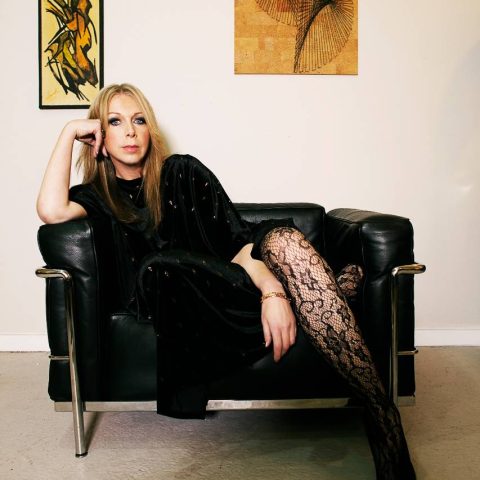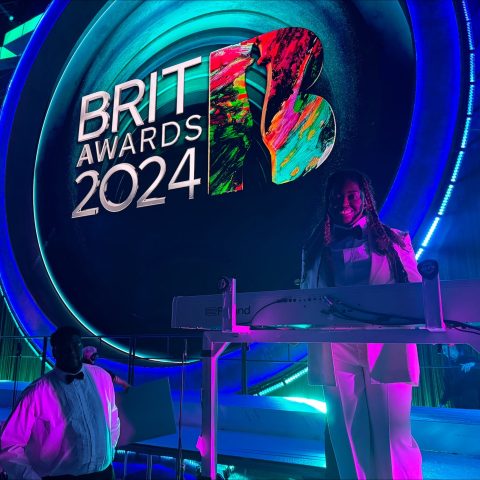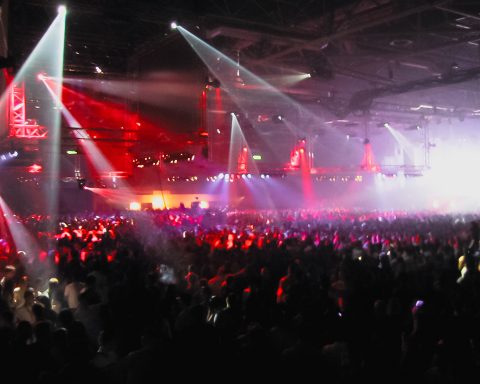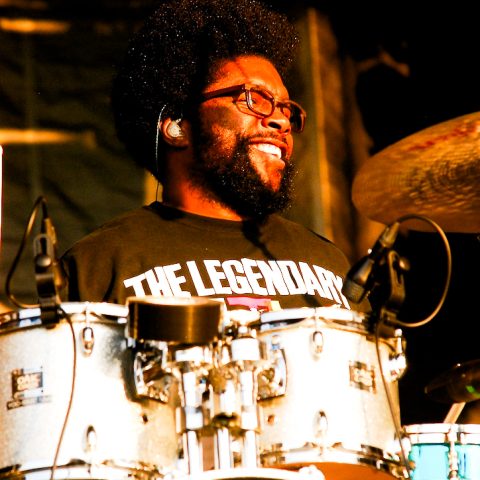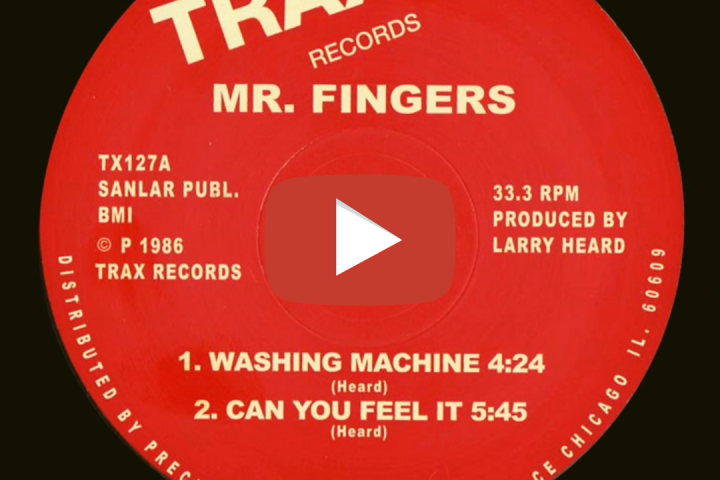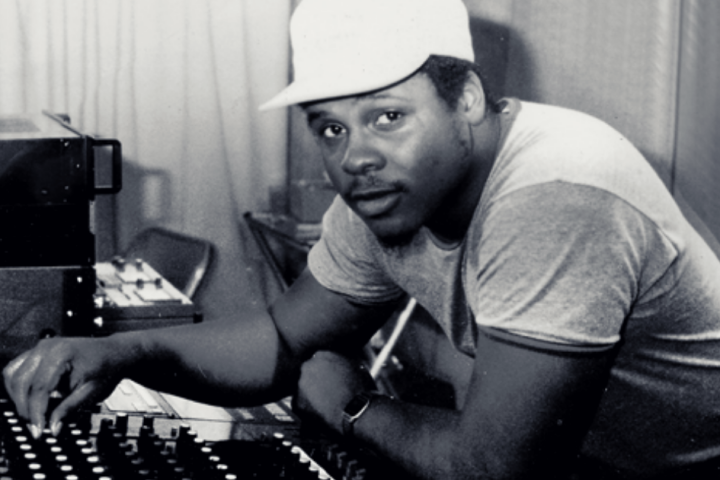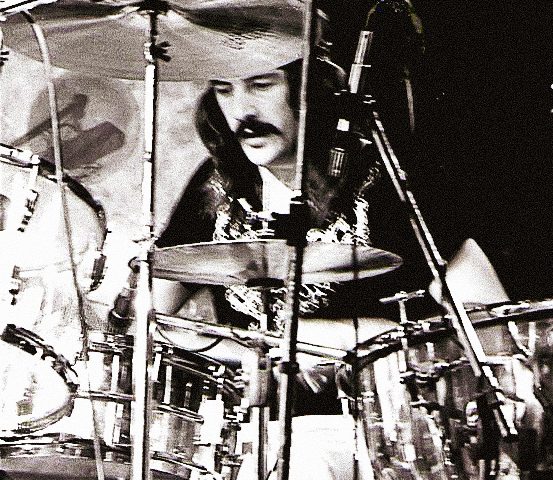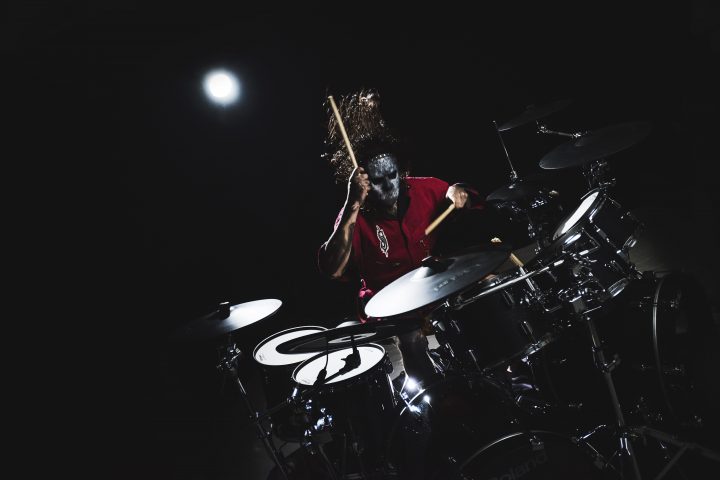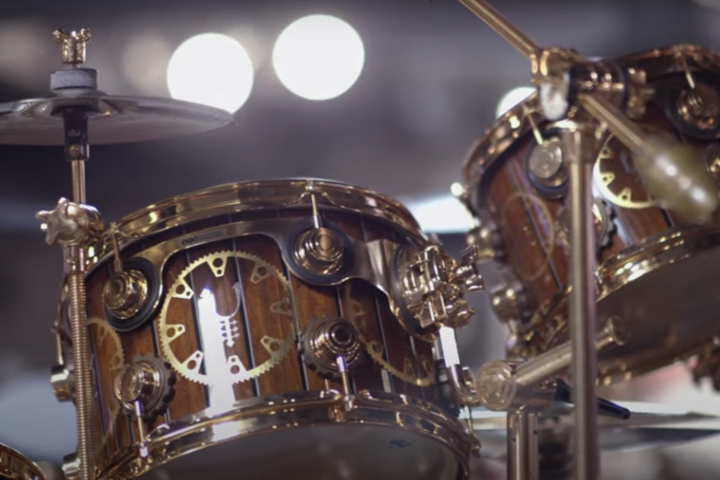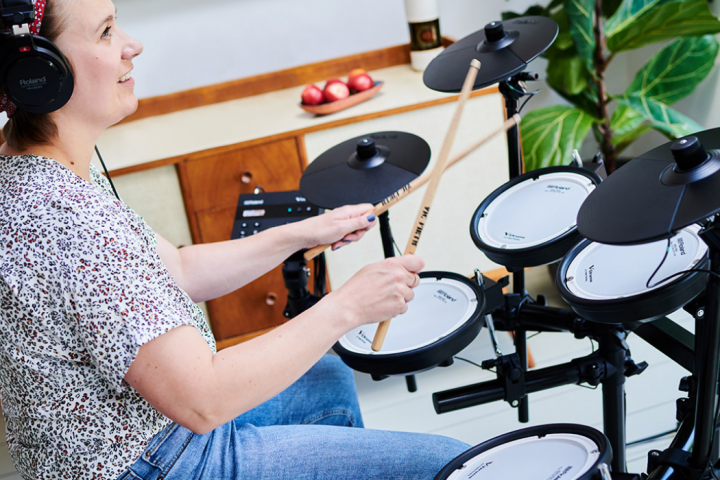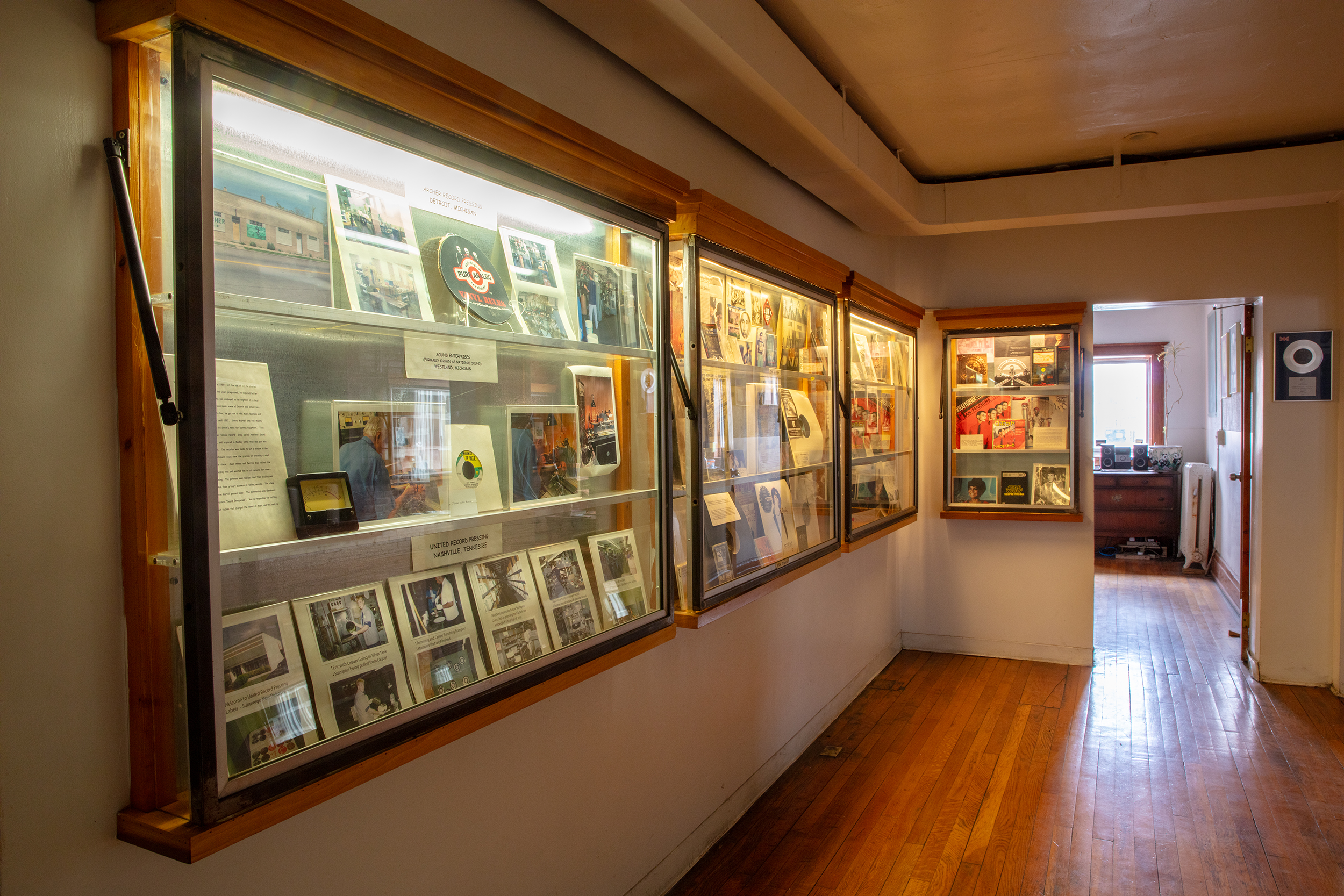
Museum, artist incubator, distro, and record store—Submerge and Underground Resistance represents the interconnected Detroit music community.

These inspiring female producers have left their marks on the music industry and continue to carve space for newcomers.
FEATURES
See All »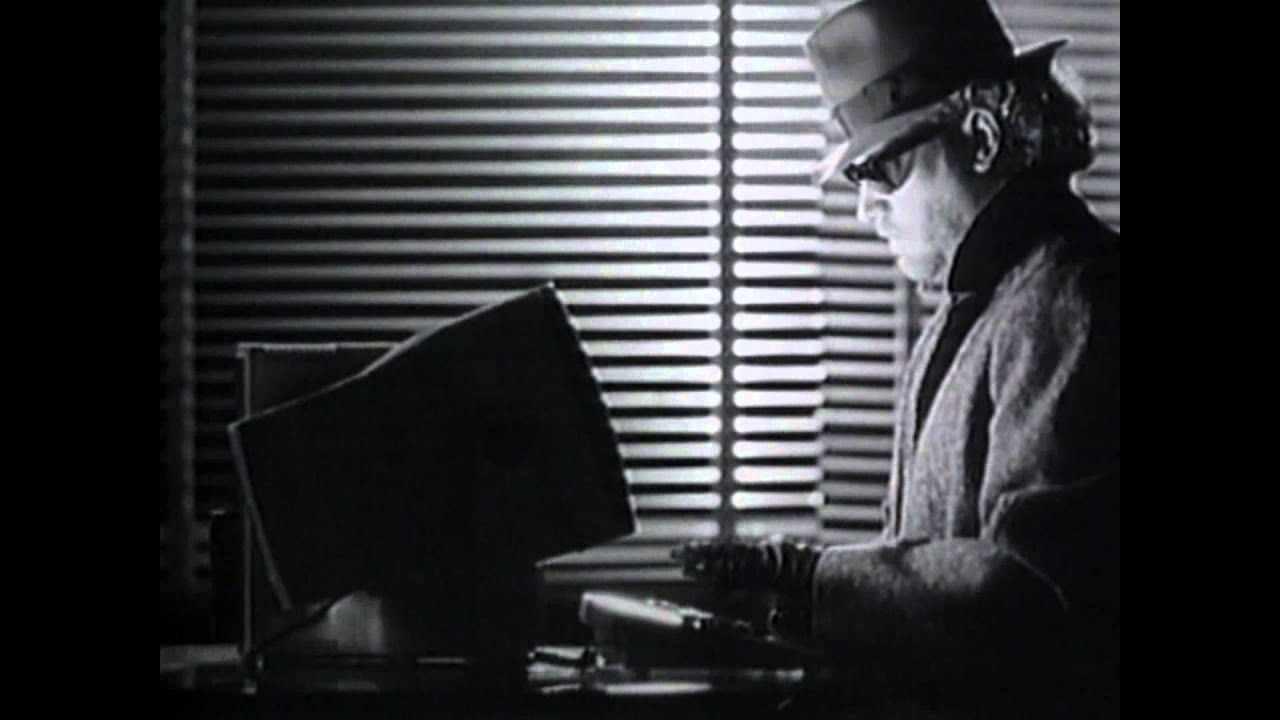
“Axel F” is the inescapable theme song of the classic '80s romp Beverly Hills Cop. Learn about the oddball hit and its pioneering creator.

Social media can reinvigorate vintage hits and help them reach broad new audiences. Here are some classic songs that got a second spin.

The brainchild of housemates recording late-night jams onto cassette, Night Tapes explains the process behind their atmospheric dream pop.
LISTENING GUIDE

Before hip-hop was the world's most dominant musical genre, several groundbreaking women blazed a fiery trail for others to follow.
Learn
See All »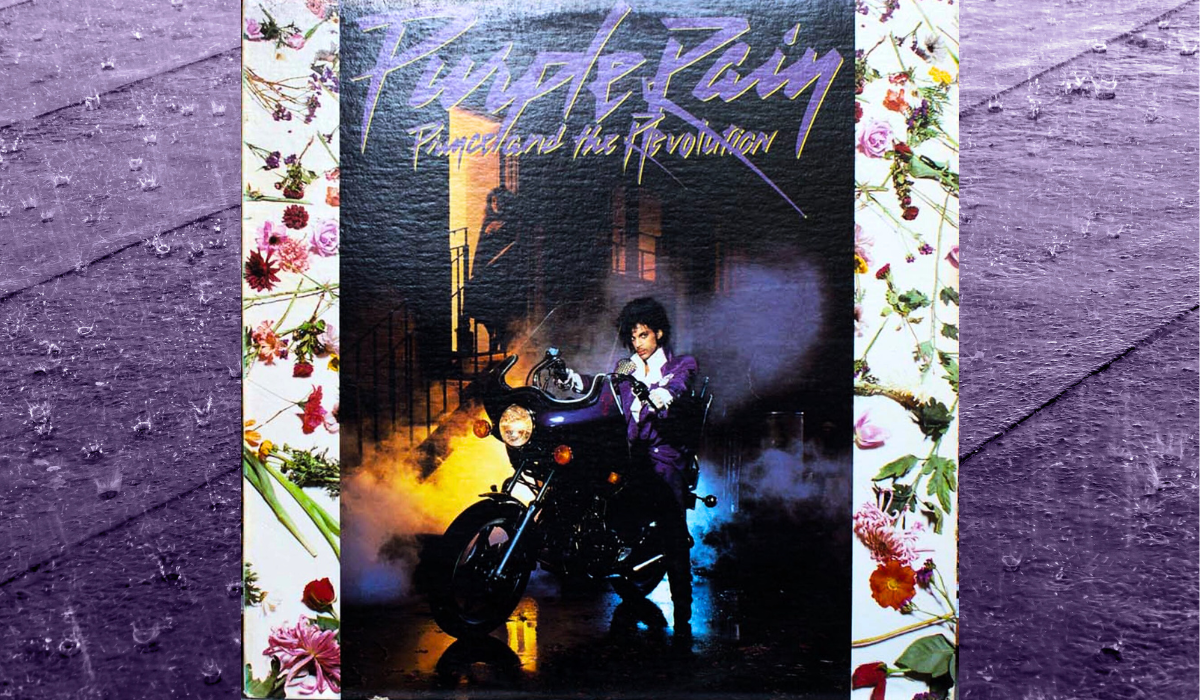
The “Purple Rain” drum parts by Bobby Z. provide a classic example of how to play a power ballad for maximum emotional impact.
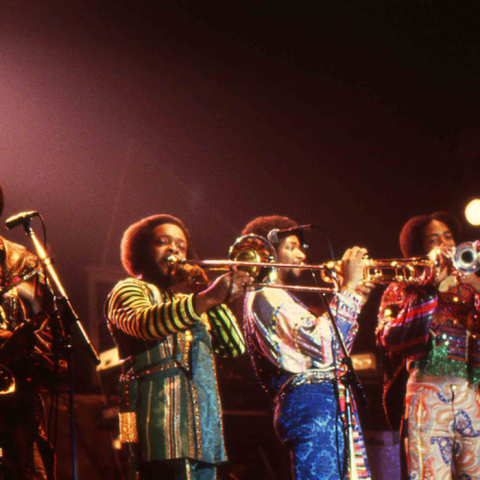
The drumming on the eternally funky “Let’s Groove” demonstrates how powerful disco rhythms can make listeners get up and move.

Josh Manuel discusses hybrid drumming and how he uses Roland electronic gear to enhance his performances with Kane Brown.
SOUND BEHIND THE SONG

“Blue Drive” moves like a meditative improvisation, with no calculated beginning or end. Oneohtrix Point Never guides us using the JUNO-60.
GAIA 2
SPOTLIGHT

Live electronic music performance creates a unique interaction between performer and listener. Discover how it is both exciting and transformative.
DRUMS

Josh Dun’s groove on the Grammy-winning “Stressed Out” by Twenty One Pilots is infectious. Explore the beat and get its unique tone on V-Drums.
Our Contributors
See All »Eric is a freelance pop culture blogger with bylines in Rolling Stone, Vice, Pitchfork, and Nylon. He is also a DJ, producer, and pro-wrestling critic.
Jordan Blum resides in Philadelphia and holds an MFA in Fiction. He’s Editor-in-Chief of The Bookends Review, author of Jethro Tull: Every Album, Every Song and Dream Theater: Every Album, Every Song, Associate Editor at PopMatters and a contributor to CoS, Kerrang!, Metal Injection, and PROG.
Lyle Crilly works with Roland's Global Artist Relations team and lives in Toronto, Ontario with his wife and new puppy. He enjoys a good shot of caffeine in the morning, yurting, and Cumbia.
Paul is Vice President of Customer Experience for Roland Corporation. Previously VP Global Marketing, and with Roland Canada, he served in the roles of President & CEO, COO, Product Manager, Marketing Communications Manager, and more. Paul is a family man, composer, IT enthusiast, and science fiction fan.
A FEW MINUTES WITH

Robin "Scanner" Rimbaud explores many genres—from avant-garde to accessible. Find out how he's gone from tape recorders to art institutions.
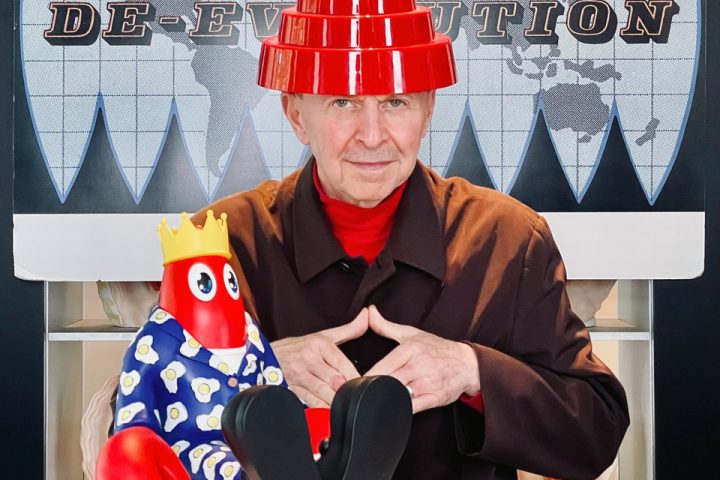
Devo's cult status remains indelible. Co-founder Gerald V. Casale reminisces about the band and its longstanding association with Roland.

Japanese-born Hinako Omori visited Peter Gabriel’s Real World Studios to blend locally sourced field recordings with binaural technologies.
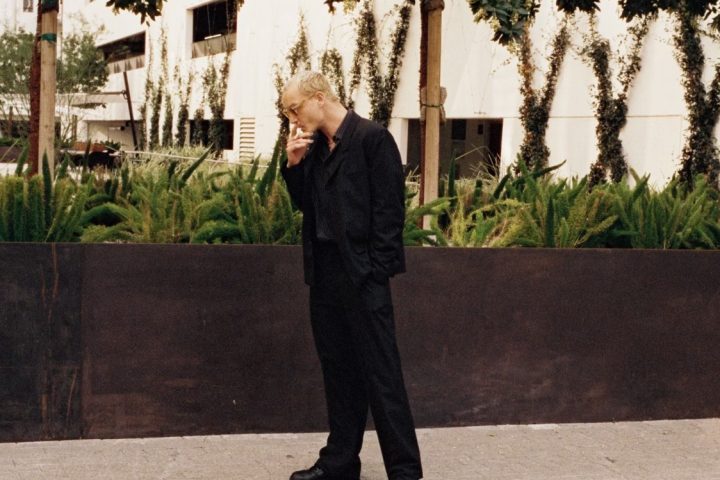
As co-writer and producer for British alt-rockers The 1975, George Daniel's association with Roland is integral to the band's sound.


